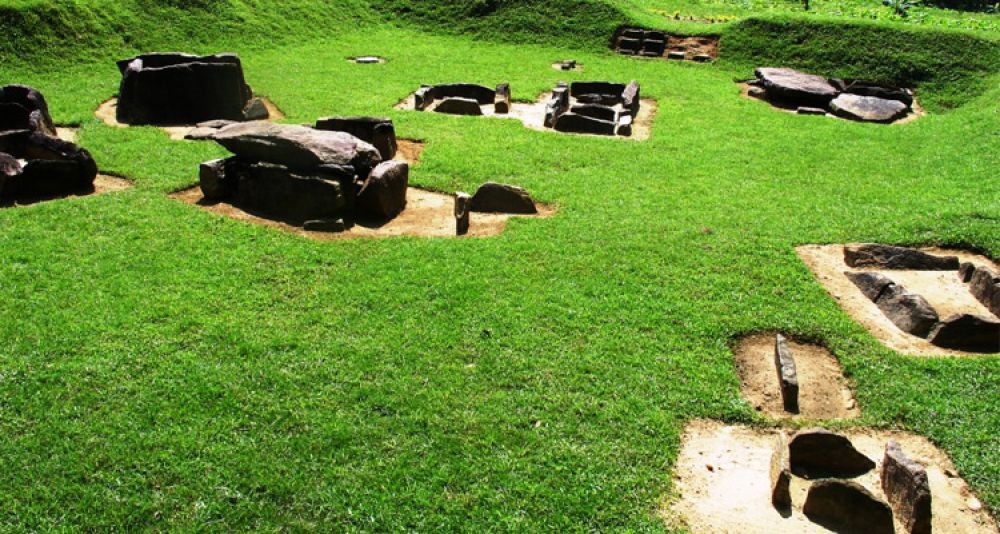

The Ibbankatuwa Megalithic Tombs, situated near the bustling town of Dambulla in Sri Lanka, represent one of the early forms of structured human settlements and funeral rites on the island. The history of tourism at this archaeological site has steadily grown over the years, with travelers venting their curiosity in the ancient cultures and civilizations that once thrived in the region.
The Ibbankatuwa burial site dates back to the protohistoric period, approximately between 700-400 BCE, serving as a vital link between the prehistoric man and the historic era where written records become available. These tombs provide invaluable insight into the burial customs, religious beliefs, and social structures of the ancient inhabitants of Sri Lanka.
Evidence suggests that the site was used for communal burials, a practice quite sophisticated for the time. The site consists of clusters of tombs made of large stone slabs, known as cists. Some cists are adorned with engravings and sculptures that speak volumes about the artistic capabilities of their creators.
Tourism at Ibbankatuwa has gradually evolved, initially appealing to archaeologists and historians before capturing the imagination of broader audiences. With Sri Lanka's civil conflict in the past, tourism in the region has seen a rejuvenation. The tombs, being in the vicinity of popular tourist destinations such as the Golden Temple of Dambulla and Sigiriya Rock Fortress, have experienced an increase in visitors seeking a comprehensive cultural and historical understanding of the country.
In recent years, the Sri Lankan government and private stakeholders have taken steps to promote cultural tourism, ensuring that important sites like Ibbankatuwa are preserved and made accessible to both domestic and international tourists.
Sustainable Tourism has become a guiding principle in the region. Efforts are being made to minimize the impact of tourism on the environment while enriching the visitor experience. Local community involvement and initiatives to interpret the site's significance have been critical in maintaining and promoting Ibbankatuwa.
Educational Tourism has also risen, with schools and universities including visits to the tombs in their curriculum. Interactive tours and materials help in bringing to life the ancient customs and practices of the people who built and used the tombs.
Virtual Reality (VR) Experiences are beginning to make an appearance as well, providing immersive experiences for those who cannot visit the site in person. This technology has the potential to simulate the environment and offer a historical recreation of the era.
In conclusion, the Ibbankatuwa Megalithic Tombs remain a testament to Sri Lanka's rich heritage. As tourism continues to evolve, the importance of conserving this site cannot be overstated, ensuring future generations can continue to learn from and appreciate these windows into our ancestral past.